A Vesperplatte is a rustic German snack board like the ones you will find in a German Biergarten. I'll show you how you how to create one at home!
In Germany, we don’t always need a hot meal to feel full and happy. Sometimes, a simple plate of meats, cheeses, pickles, and good bread is all it takes. The whole Abendbrot tradition (translating to 'evening bread,' but meaning 'dinner') is built on this concept. When you order it at a Biergarten, typically as an in-between meal, this kind of snacking board is called a Vesperplatte.
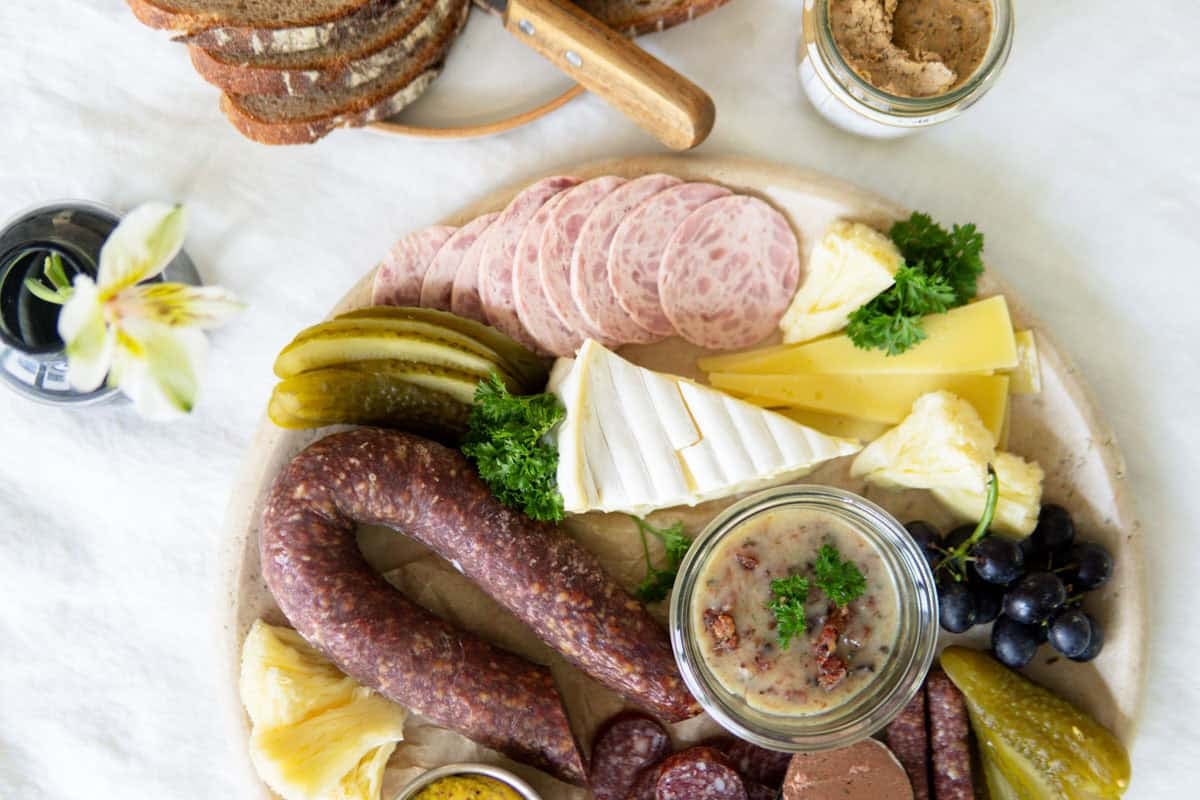
In some Biergartens, you're allowed to bring your cold food, but if you didn't, you can order it there as well.
My Vesperplatte is inspired by those relaxed afternoons or evenings with a chilled beer or glass of wine in hand. Often, kids are playing nearby because in Germany, you will often find playgrounds at beer gardens. Then a wooden board arrives, piled high with cheeses and sausages, and everyone grabs a slice of bread and starts building their favorite bites. It’s communal, easy, and full of flavor, and not too hard to replicate at home!
This post walks you through how to create a Vesperplatte just like what you would find in Germany. Whether it’s for a Biergarten-like backyard hangout or a cozy dinner, it’s one of the easiest and most delicious things to put together.
Germany, Austria, Switzerland, and northern Italy celebrate versions of a Brotzeit (bread break) like this one. Check out my Brettljause for the Austrian version of this snacking board!
Start with the meats
Germans are so proud of their meats! A traditional Vesperplatte will always include a selection of cold cuts and sausages. You don’t need a lot of any one thing, but variety makes it special. Here’s what I love to include:
- Pâté. Germans love Leberwurst (Paté). I used a favorite, the truffle Pâté, which upgrades your board with a touch of luxury. I also added a plant-based pâté that still brings rich, savory flavor.
- Landjäger, a chewy, smoked sausage that's usually eaten in hand, but can also be cut into bite-sized nuggets for sharing.
- Touristenring Salami, a crowd-pleasing salami ring that's perfect for slicing at the table. Make sure you add a great knife for slicing.
- Jagdwurst is a traditional German lunch meat that's like a bologna with bits of ham in it. I love to cut it up thinly, then pile it onto my slice of bread with sliced onion and a spread of mustard. Mortadella is a great alternative.
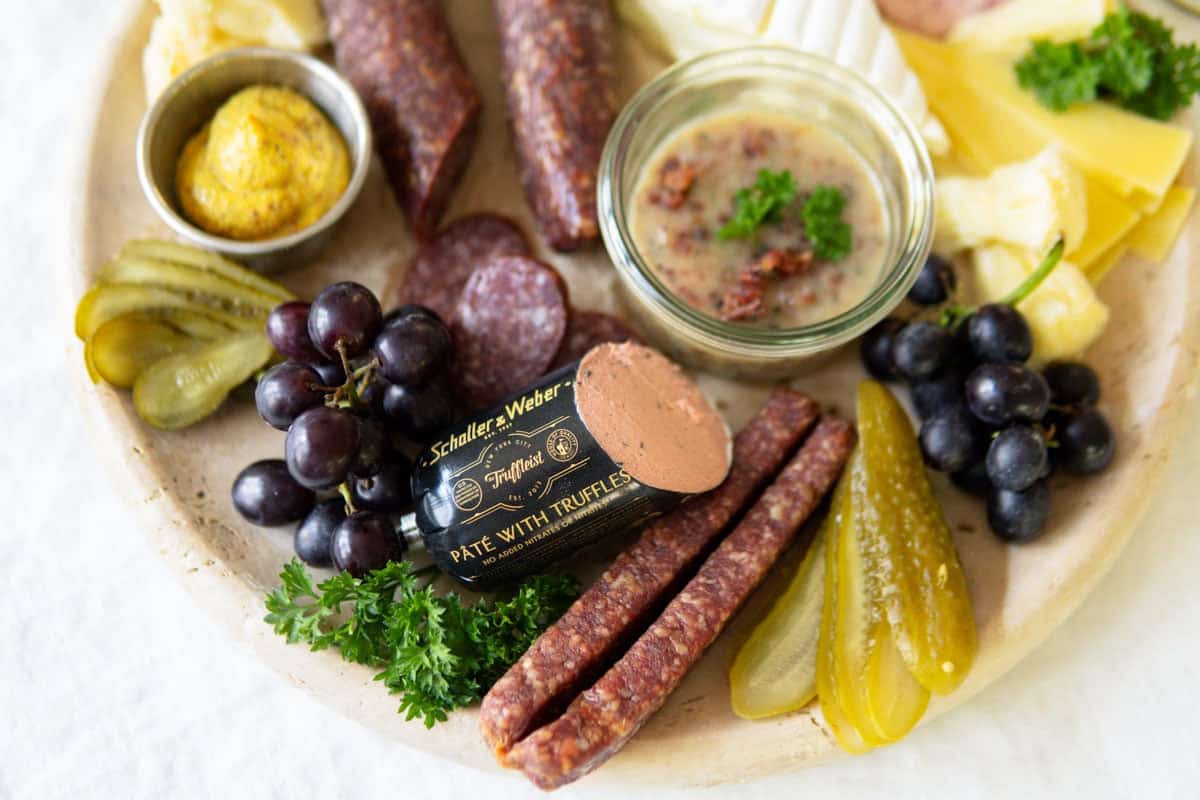
If you can’t find all of these, don’t worry. A few well-sourced options are enough. Look for a German butcher or shop online from places like my favorite, Schaller & Weber. Use code DIRNDL10 for 10% off your order.
Add a few good cheeses
Cheese belongs on every German snack board. Choose a mix of textures and flavors. Nothing too strong. Just creamy, nutty, and satisfying.
Here are a couple of my favorites:
- Gouda. Try a mild version (young Gouda) or a more rustic version (aged Gouda). It pairs well with everything and is loved by kids, too. Emmentaler is another popular cheese in Germany and is easier to find in the United States.
- Camembert or Brie is always everyone's favorite. The farther the expiration date on the package, the milder the flavor.
- Blumenkäse is a Swiss cheese covered in pretty flower petals and herbs. It's so super tasty and will wow your friends.
- Tête de Moine is a nutty, creamy Swiss cheese that is often sold in pretty pre-cut cheese 'roses.' It's one of my favorite cheeses ever and instantly provides a fun talking point.
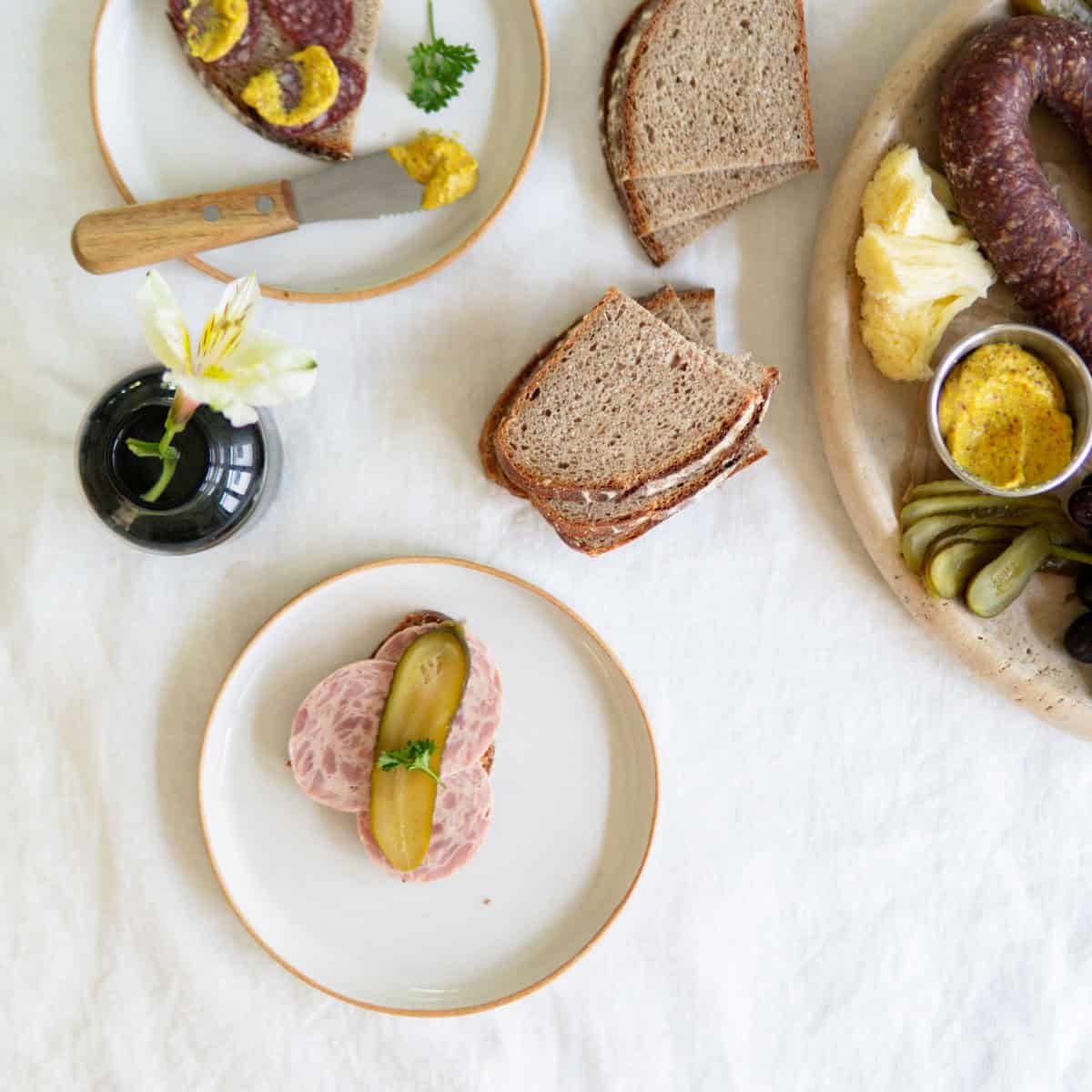
You can always add others if you like. A mild blue cheese (Cambozola is a great German blend of Camembert and gorgonzola!). Alpine cheeses like Comté or Gruyère would also work. Just slice or break them into rustic chunks or cut them into cubes, and let people help themselves.
Don’t forget the extras
This is where the Vesperplatte becomes something extraordinary. The extras bring contrast. They balance out the richness of the meat and cheese.
Here’s what I love to add:
- German pickles (Gewürzgurken) for crunch and acidity (my recipe is coming soon!).
- Düsseldorf mustard for dipping and smearing. It has a great tang and spice and makes everything taste better.
- Butter! Butter on bread to Germans is like mayo on bread to Americans. I always use high-quality, salted butter for my Vesperplatte.
- Grapes for contrasting sweetness and color. Other fruits that would be fun to add are halved fresh apricots, thinly sliced pears, or apples (make sure to toss in a bit of fresh lemon juice to keep them from turning brown).
- Griebenschmalz is a spreadable bacon spread that's so popular in Germany and perfect on rustic bread (recipe below).
- Homemade pretzels if you’re feeling ambitious. Get my pretzel recipe here! Small snacking pretzels would be a perfectly good option in place of fresh ones. Serve with Obatzda, a Bavarian cheese spread!
- Use garnishes like fresh parsley to fill in your board. Radishes and sliced onions are common to add as well.
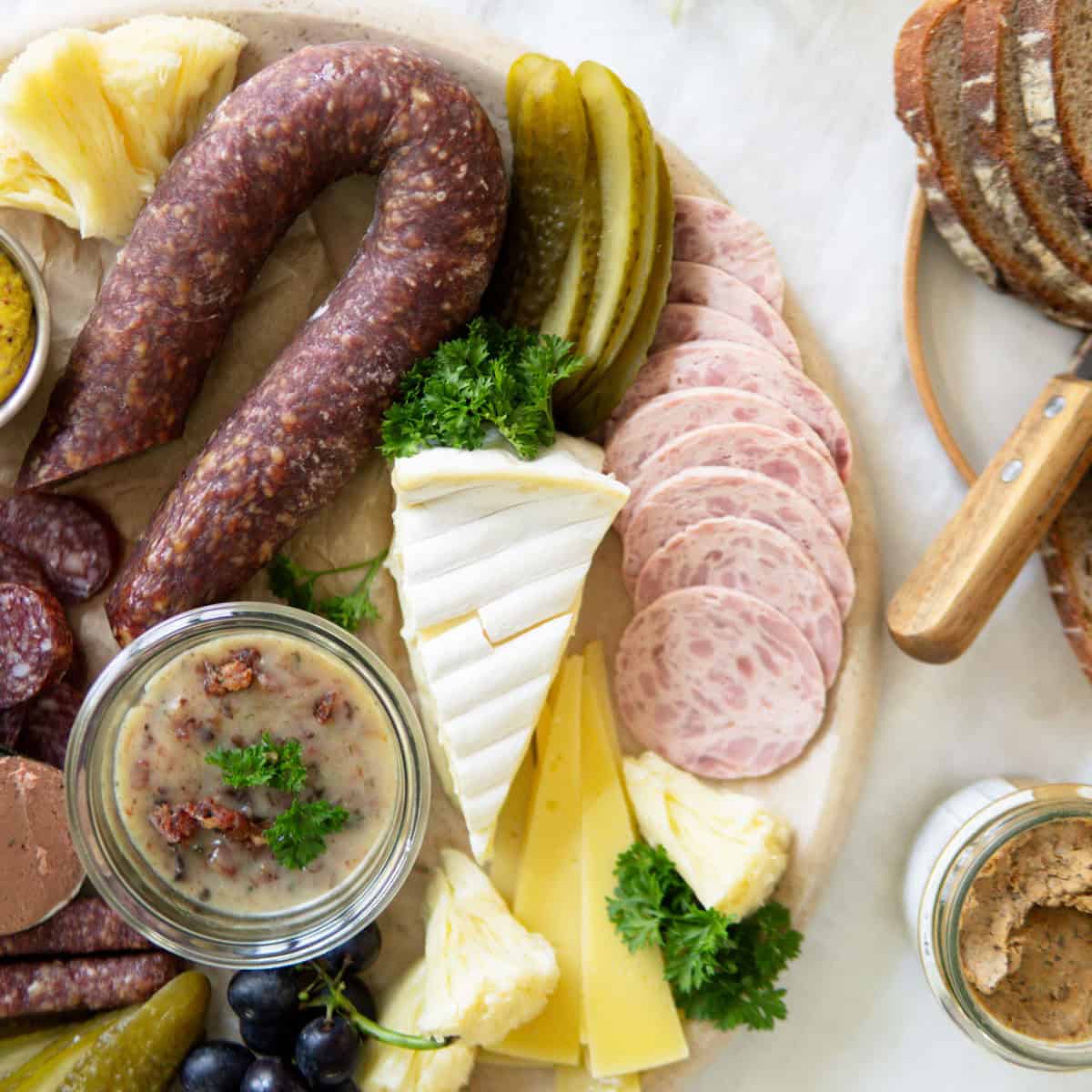
Bread Is essential
The Vesperplatte is not complete without fresh bread. My go-tos are this crusty German sourdough rye bread or German sourdough potato bread. German pretzels or some pretzel crackers are a great option, too!
Bring the Biergarten home
The beauty of a Vesperplatte is how low-effort and high-reward it is. You don’t have to cook or keep any food warm. You just arrange, pour some drinks, and enjoy hanging out with a few friends outside. It’s casual, fun, and adjustable to your personal preferences. It's bringing the Biergarten home to you and would be a great board to put together for your Oktoberfest at home. If you're missing Germany or just want to serve something a little different, this is it!
For more Biergarten recipes, check out my:
- Elsässer Flammkuchen (tarte flambée) recipe
- Currywurst recipe
- Swiss meat and cheese salad recipe
- Brathendl (a whole chicken served cut in half!)
- Kaiserschmarrn (Austrian torn pancakes)
- Apfelstrudel (apple strudel)
Video
For visual help with assembling a Vesperplatte at home, check out this short video.
Loved this post? Join my FREE email challenge 'Eat Like a German' with loads of German food inspiration, including my favorite German cakes!
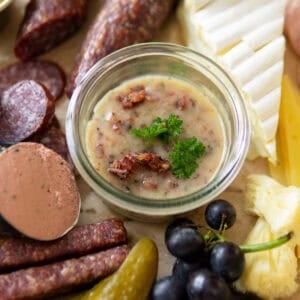
How to make Griebenschmalz
Ingredients
- 300 g bacon
- 1 yellow onion small, finely chopped
- 1 to 2 cloves fresh garlic minced
- 1 dried date stone removed and chopped
- 2 tablespoons fresh parsley leaves finely chopped
- black pepper
Instructions
- Cook the bacon on medium heat until all the fat is rendered and the bacon is crispy. Pour off most of the rendered grease into a jar and refrigerate, leaving some in the pan for the next step. Chop about ⅓ of the cooked bacon into bits (reserve the other ⅔ of the cooked bacon for later use, such as topping a salad or a sandwich).
- Add the chopped onion to the bacon grease and cook until caramelized, about 5 minutes.
- Add the garlic and the date and cook until the date becomes a paste when stirred, about 1 minute. Season with black pepper (and salt if needed, although the bacon should be salty enough).
- Stir together with the reserved bacon grease, parsley and the chopped bacon and transfer to a ramekin.
- Store in the fridge to set up and until ready to serve. Spread onto freshly baked slices of bread and wonder why you've never made it before!

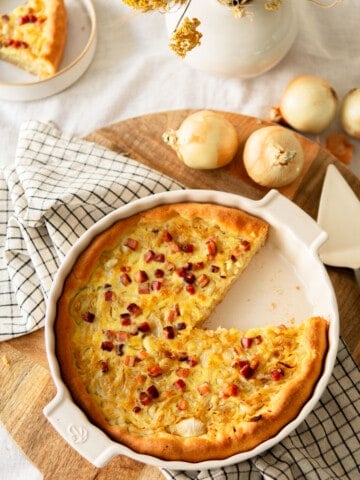
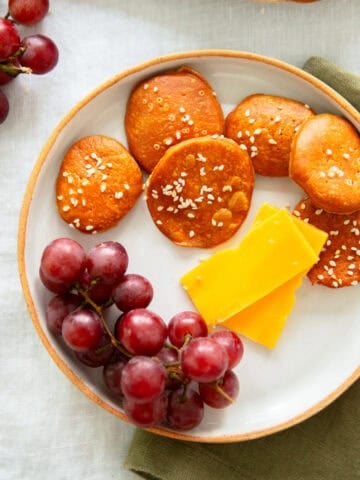
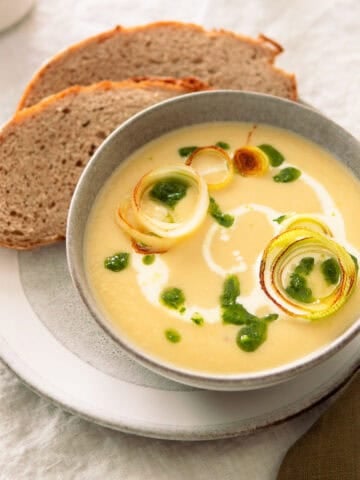
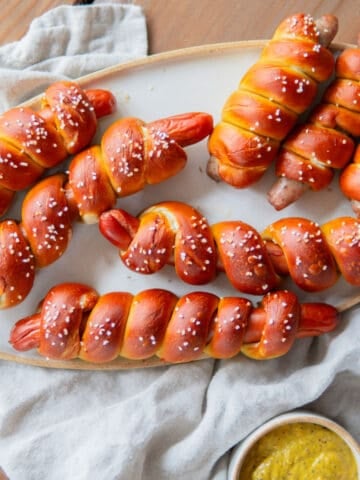
Leave a Reply